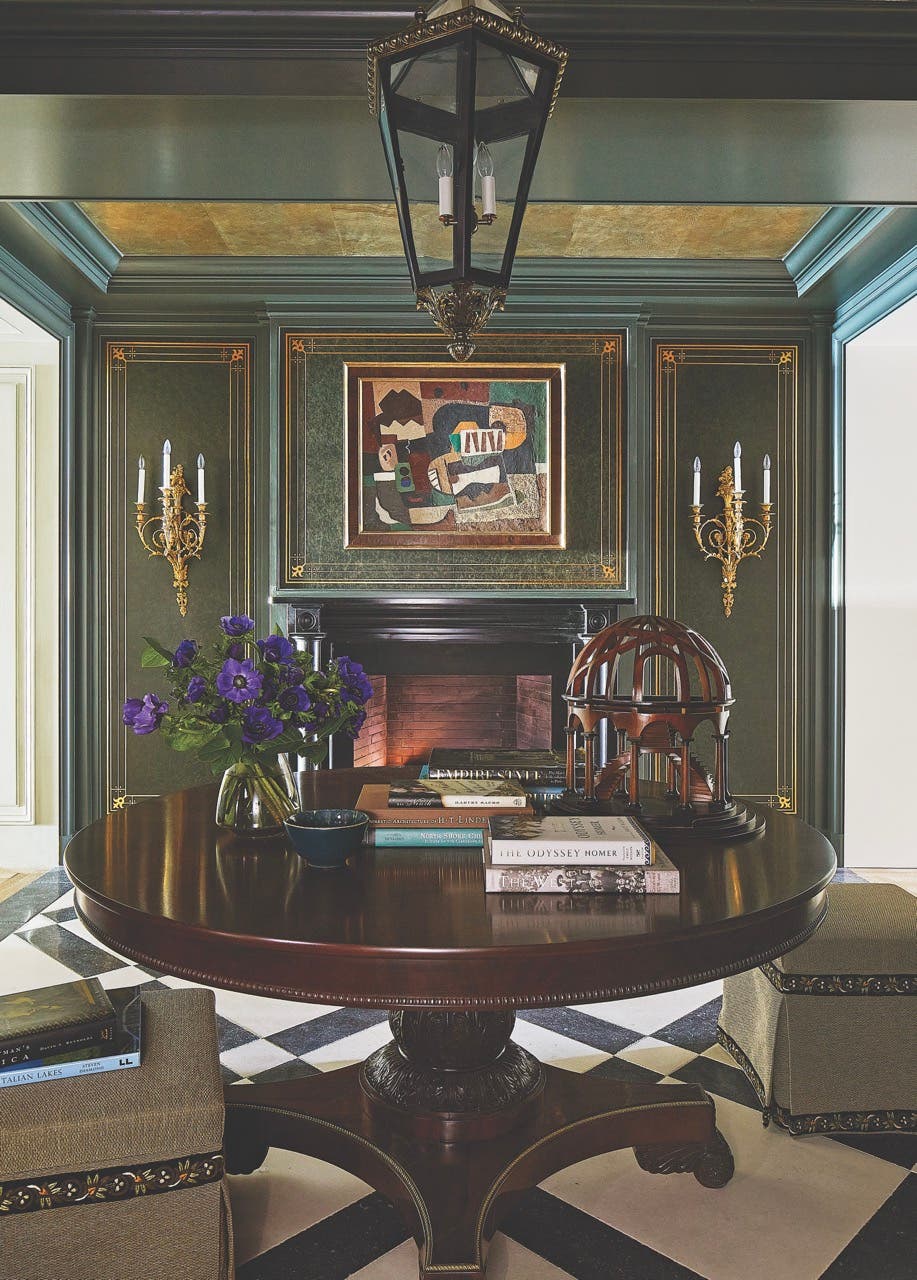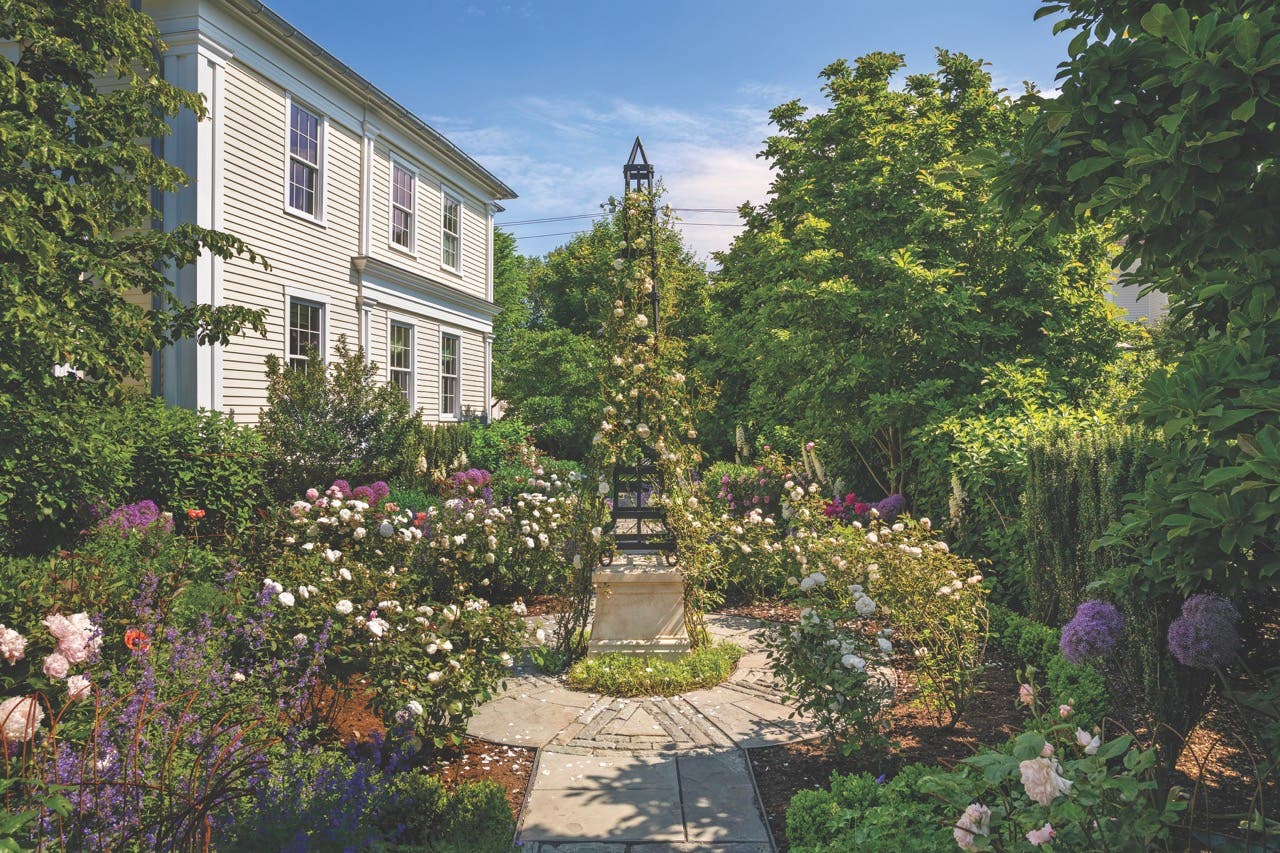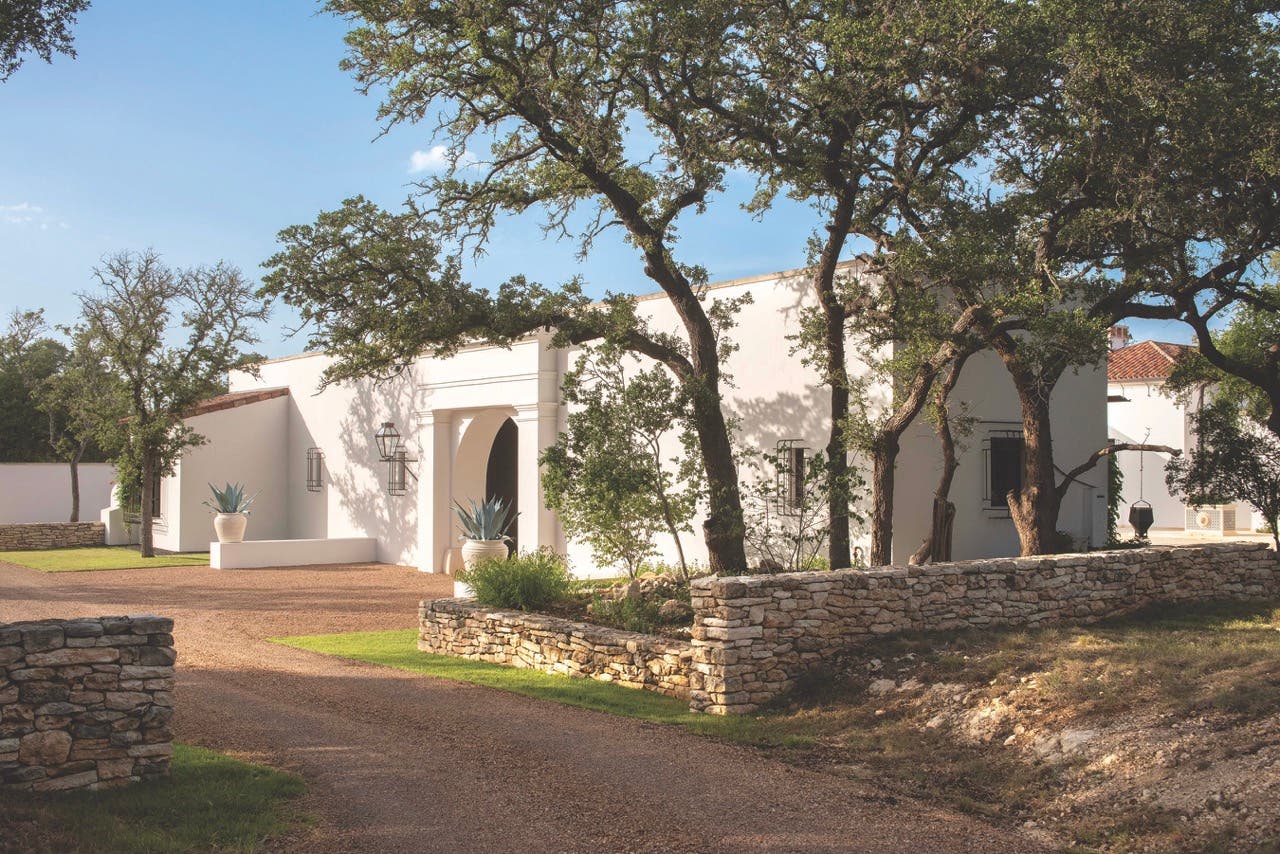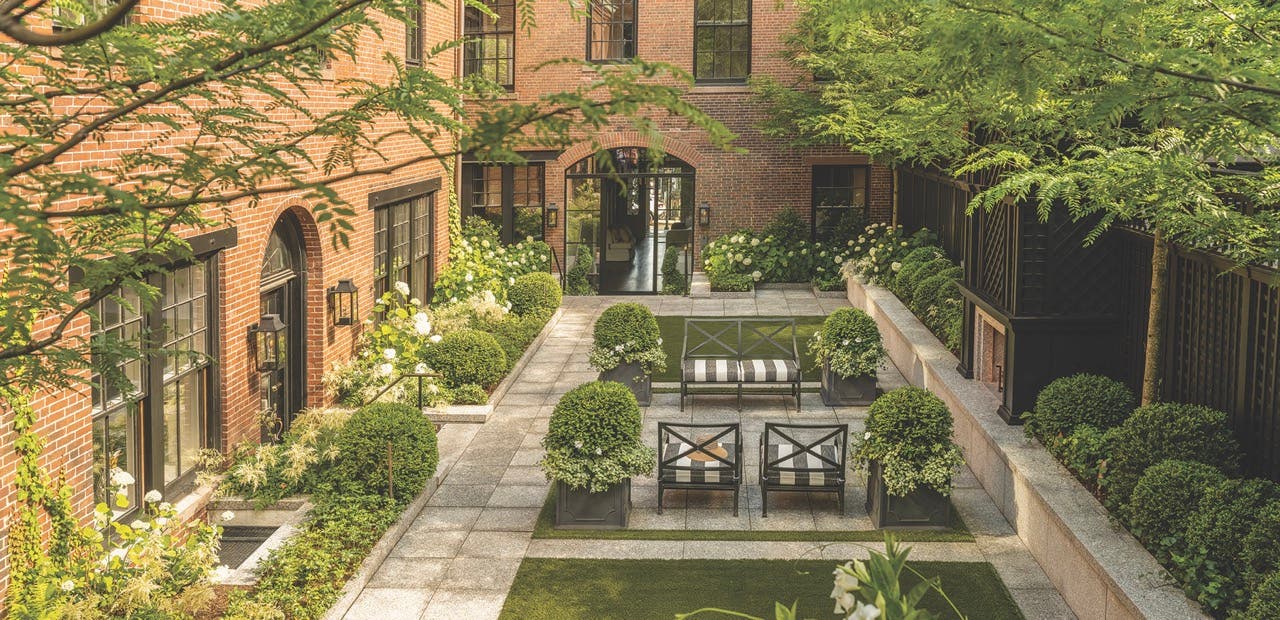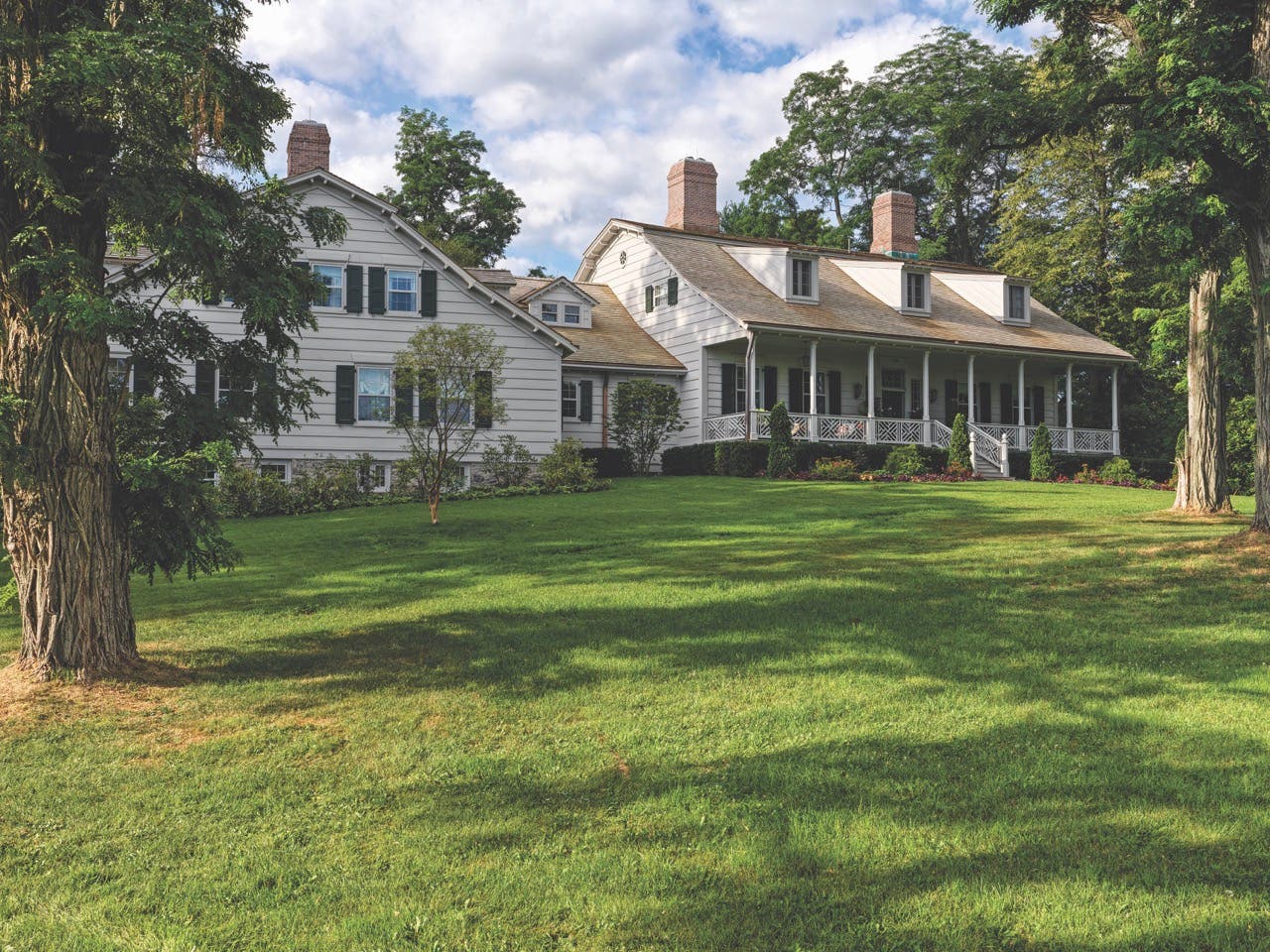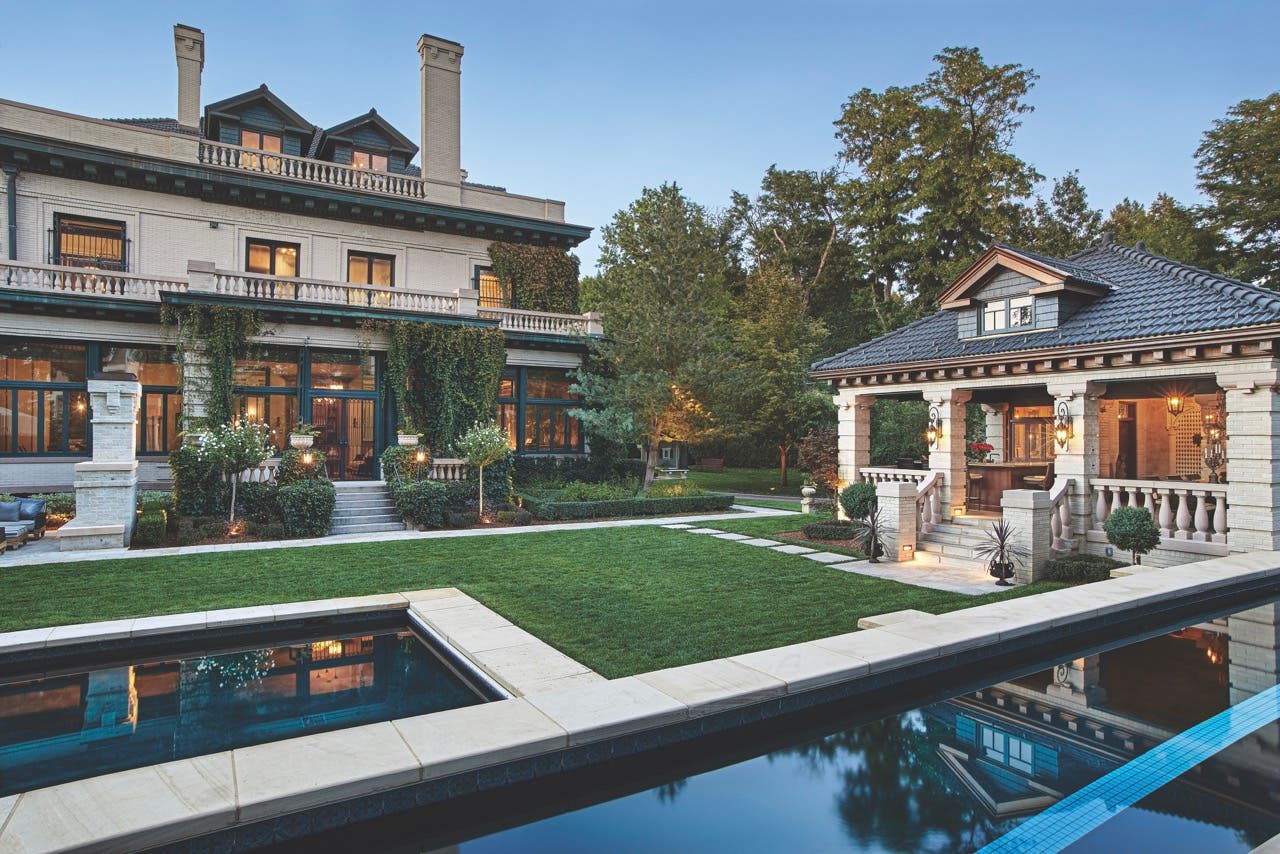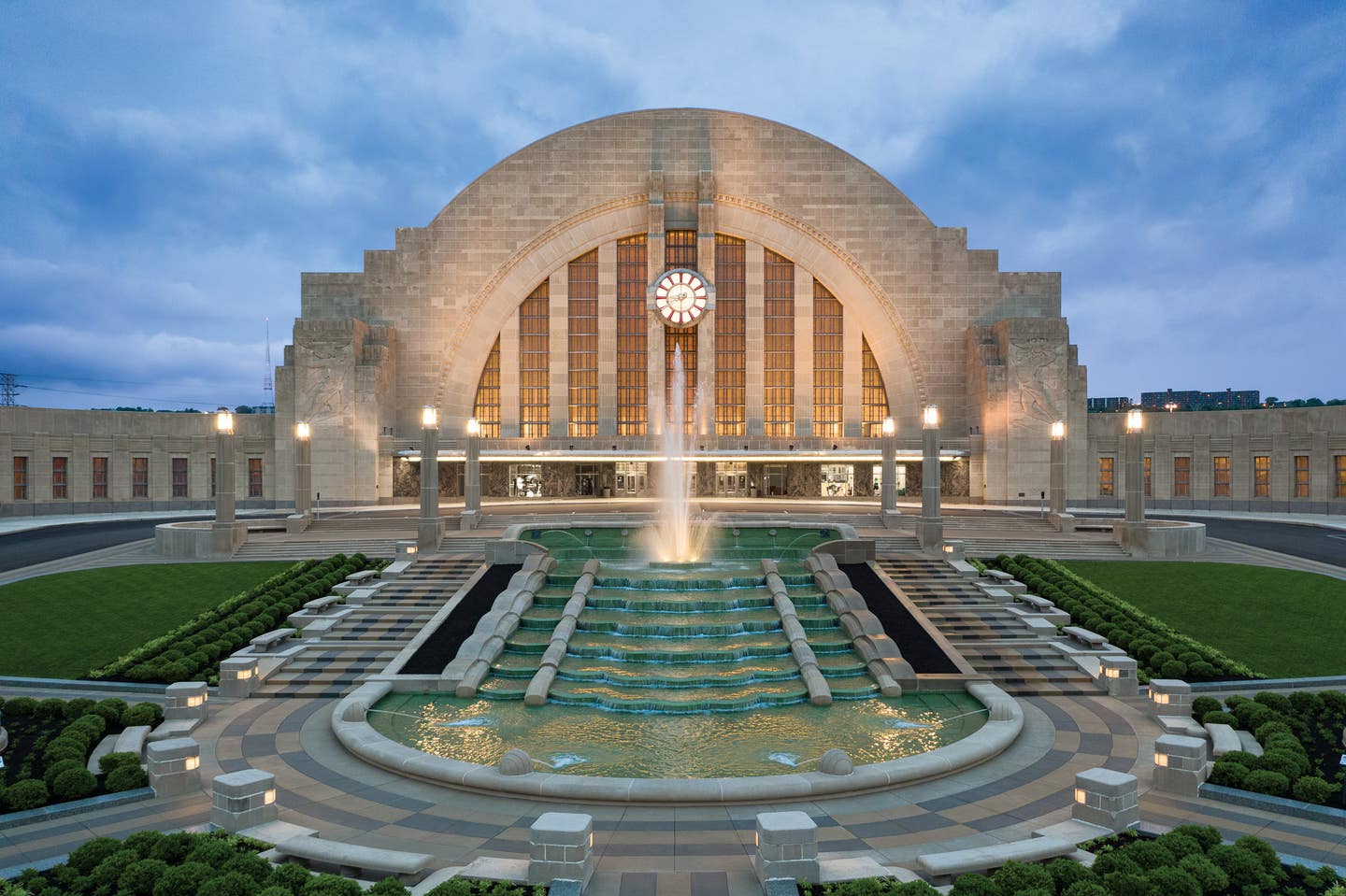
Palladio Awards
John G. Waite Associates, Architects and GBBN: Cincinnati Union Terminal
Commercial Palladio Winner
Restoration and Renovation
Cincinnati Union Terminal
John G. Waite Associates, Architects and GBBN
Hard to find of a better fit with the Palladio category “Restoration and Renovation” than the Cincinnati Union Terminal by John G. Waite Associates, Architects, PLLC of Albany and New York City. “Cincinnati was among the largest and last of the great railroad stations in the U.S., a unique combination of architecture, fine arts, and engineering,” explains John G. Waite, FAIA, senior principal. “The planning and technical problems were very complex, and the time period very tight, but we had a very good team overseeing the project, beginning with the client, the Cincinnati Museum Center.”
According to Clay S. Palazzo, AIA, LEED AP, principal, “When we got involved in spring of 2015, GBBN Architects and Turner Construction were already on-board, so we had to move very quickly.” After compiling over 100 technical articles on the original construction while conducting physical probes to understand the exterior and interior, the JGWA team moved swiftly into a process of concurrent design work and construction. “We broke activities into different ‘packages,’” Palazzo stresses, “because people were literally chomping at the bit to get working.”
Emblematic of the 1933 Art Deco architecture are the windows. “On the east elevation they’re largely aluminum construction while, moving to the west, they’re mostly steel, so we had a restoration project of more than 300 windows.” However, in the central portion—the largest half-dome in the Western Hemisphere—the windows were more than meets the eye. “The façade is actually a window system with glass walkways,” explains Palazzo. “The glazing on the exterior is separated from glazing on the interior by 4 ft.-wide glass walkways—all part of the original design to ventilate the building.” Nothing had been done with the window hardware or operators, so these required extensive restoration.
Elsewhere on the ashlar-cut limestone and buff-brick exterior, movement and deferred maintenance led to open joints and water infiltration. “A lot of the limestone cracking and movement stemmed from the early veneer system, where the best way to attach masonry to a steel frame, and accommodate thermal movement, hadn’t really been worked out.” After removing the limestone facing, they cleaned, and in cases replaced, the exposed steel, then protected it with high-performance paint.
The 106 ft. high dome was originally constructed with a terra-cotta tile covering that, within a decade, was moving and cracking as the support structure flexed. “Essentially the tile was sliding down the dome,” he says. “So, in the late 1940s they replaced it with an aluminum batten roof system that, except for cleaning and replacing hardware, we kept intact.”
The entrance plaza is another tour-de-force. “The Children’s Museum is almost entirely beneath the exterior fountain and plaza deck—largely untouched since 1933—so we scraped down the plaza, disassembled the fountain and exterior lighting, waterproofed the structural deck, and then reconstructed the 8000 s.f. cascading fountain, landscaping and plaza amenities on top.”
While the builders of Cincinnati Terminal sought to use the day’s most up-to-date methods and materials, they sometimes pushed the envelope. “A lot of the decorative finish materials were evolving and very short-lived,” notes Nancy Rankin, AIA, LEED AP, principal. This led the firm to work closely with the State Historic Preservation Office to develop a zoning diagram for the building that guided the entire design and construction team, as well as the museum, about where the highest preservation challenges lay. “Through our archival research and physical investigations, we could identify where original building elements and materials remained and therefore merited preservation, and where other spaces were either not significant or had been compromised by earlier unsympathetic renovations.”
A stunning example are the mosaic murals on the curved walls of the rotunda by Winhold Reiss. “They’re incredibly vibrant and of enormous scale, using an unusual mixture of small, multi-colored flat glass tiles set in a colored cement matrix.” Rankin says they worked carefully with an art conservator to determine the best cleaning method, which was a dry sponge technique.
Another reincarnation is the Losantiville Dining Room. “Originally, it held a serpentine-shaped lunch counter with a terrazzo floor finish and detailing,” she says, but when the counter was removed decades ago, the slightly lower service side was filled in. “We replaced the non-original cementitious infill with a new terrazzo design—matching over 20 different colors of marble chips and cement—and the final design really exposes the original shape and location of the serpentine counters.”
Innovative early 20th century materials added more challenges. “Flexwood was an extremely thin wood veneer heat-pressed onto a cotton backing— wood wallpaper, if you will, developed in the 1920s but pretty much gone by the ‘30s.” She says it’s found in the Union Terminal President’s Office suite and the men’s and women’s lounges. “We focused on the anteroom to the woman’s bathroom and, with really good physical evidence and incredible conservation, we were able to restore and replicate the original look.” Another novel textile was Fabricoid, an imitation leather. “Invented by the DuPont company for luggage and convertible car tops, it was used as a wallcovering in special rooms within the terminal, such as the Newsreel Theater.” Rankin and team worked with several different manufacturers to find the same texture and color in a contemporary imitation leather wallcovering.
“All these projects were going on at once under a tight timetable,” observes Waite, “but everyone worked together remarkably well.”
Key suppliers
Construction Manager Turner Construction Company
Architectural Historian Mount Ida Press
Civil Engineer Kleingers Group
Structural Engineer THP Limited Inc. & Silman
Mechanical, Electrical, Plumbing, FP, AV, IT, Acoustics ARUP
Mechanical, Electrical, Plumbing Heapy Engineering
3D Scanning TrueScan3D
Architectural Conservator RLA Conservation of Art & Architecture
Conservator Evergreene Architectural Arts
Metal Restoration (windows, doors, marquee, clock and flagpoles) Centennial Preservation Group, LLC
Masonry Restoration (exterior brick and limestone) Lang Masonry & Restoration Contractors
Terrazzo Restoration (interior) Siemering Tile Company, Inc.
Fountain Restoration (terrazzo) Santarossa Mosaic & Tile Co., Inc.
Light Fixture Restoration and Reproduction Crenshaw Lighting
Gordon Bock, co-author of The Vintage House (www.vintagehousebook.com), is an in-demand speaker for courses, seminars, and keynote addresses through www.gordonbock.com.



